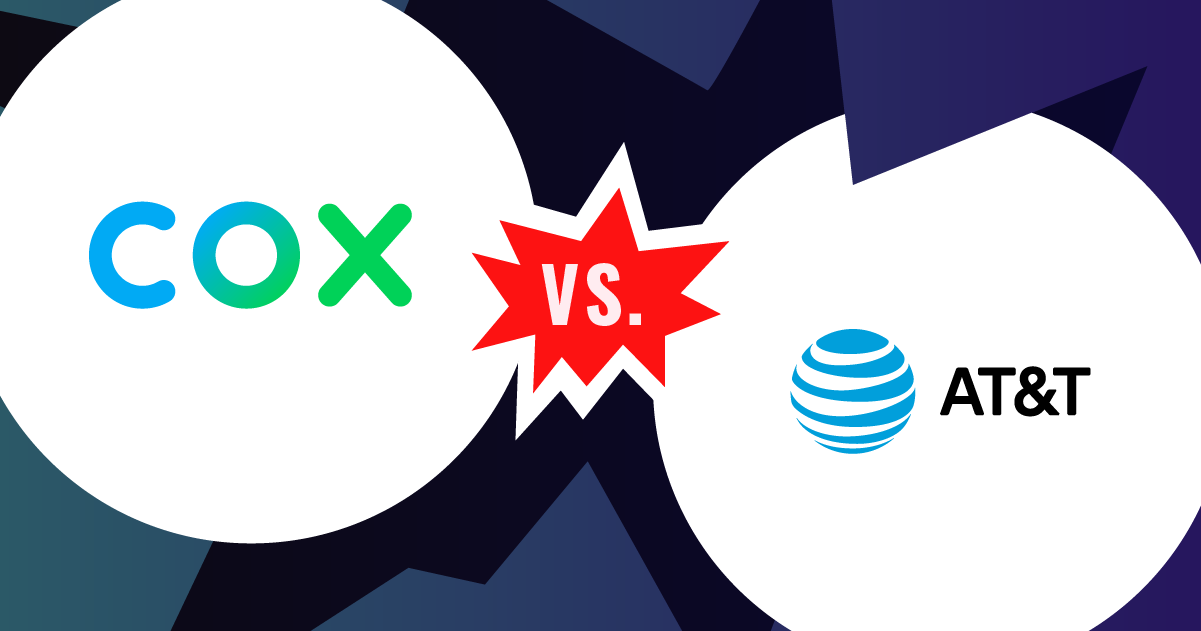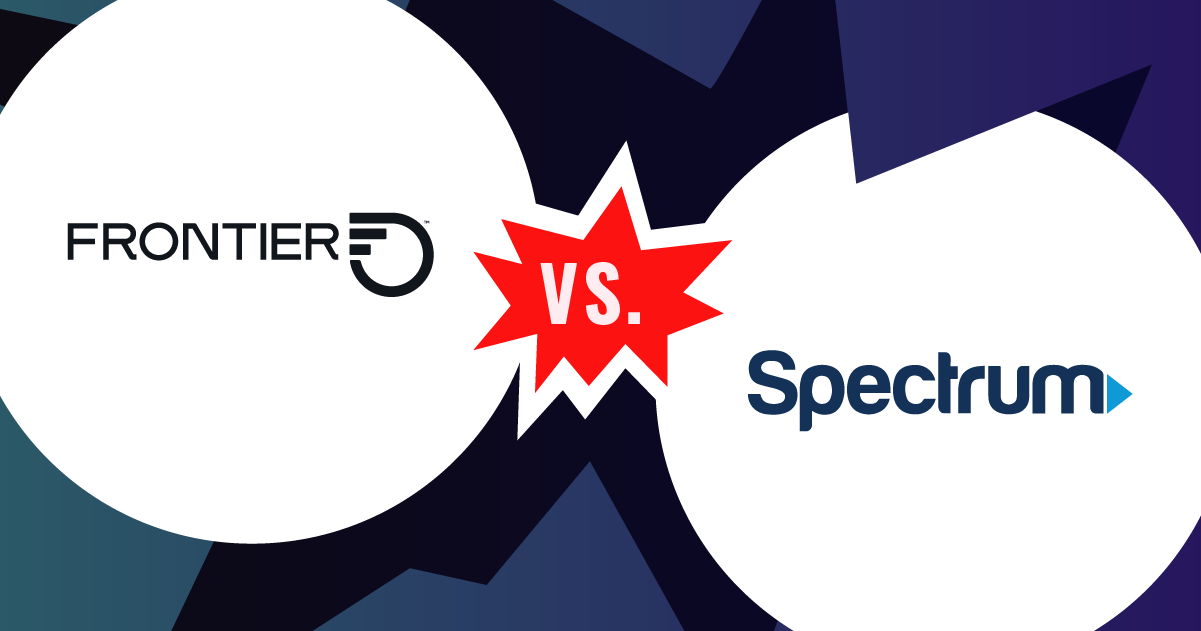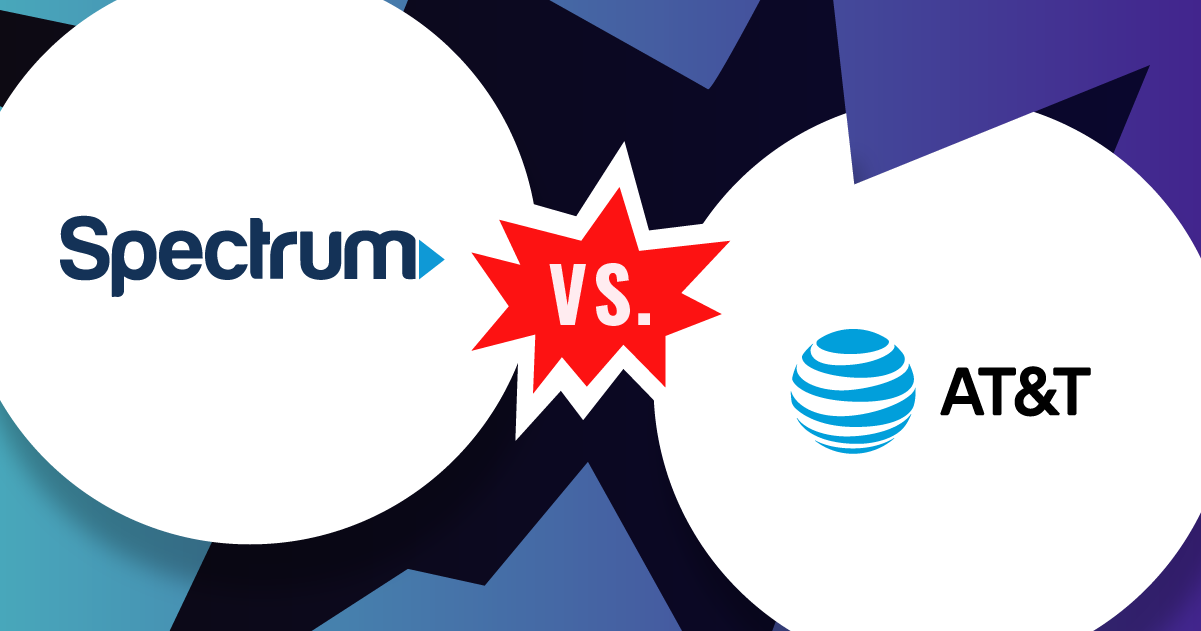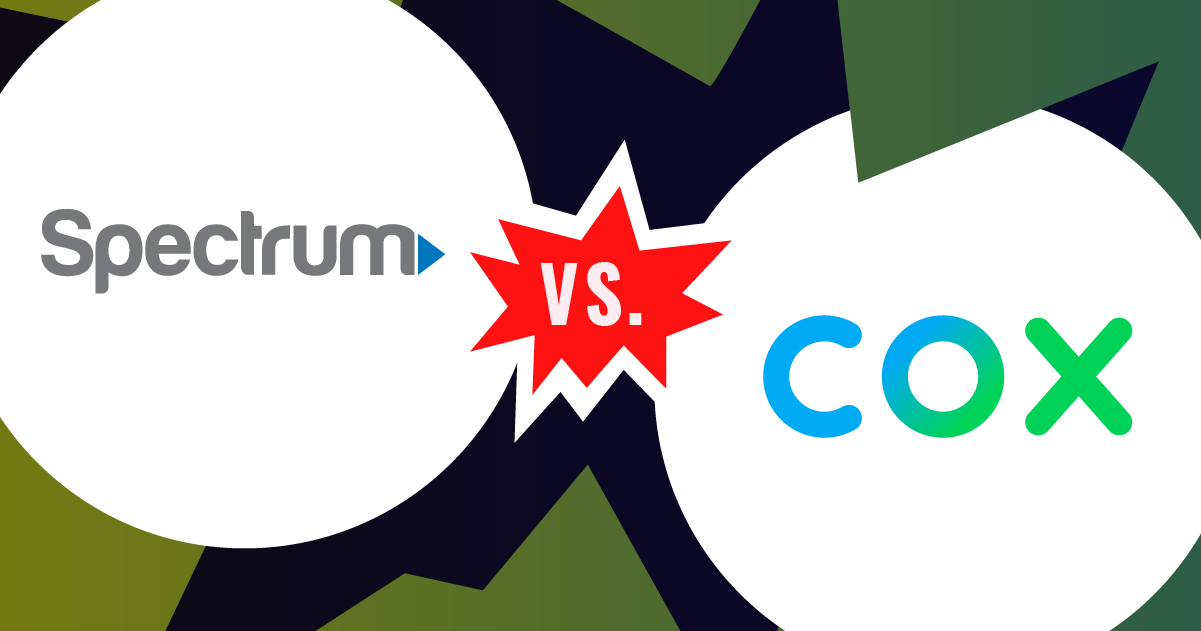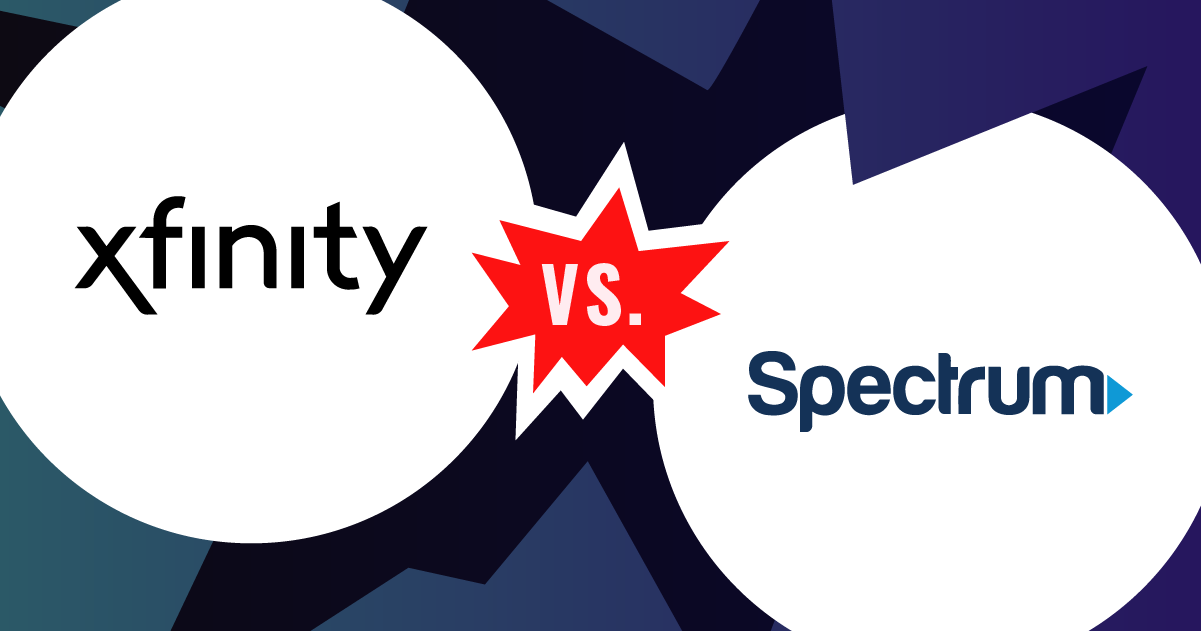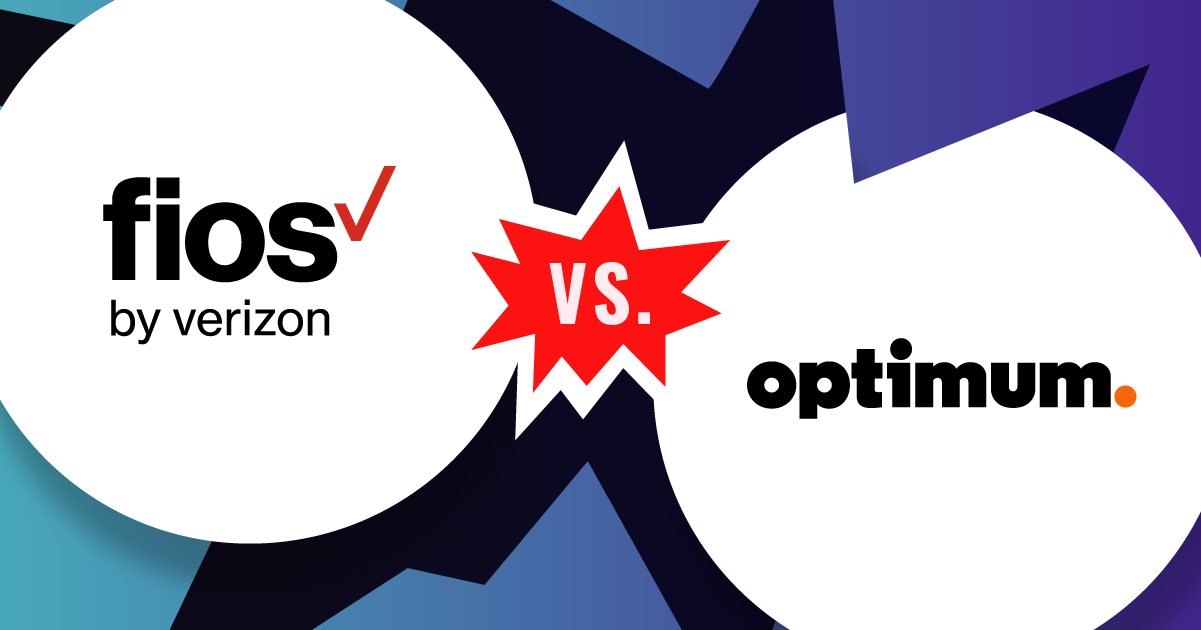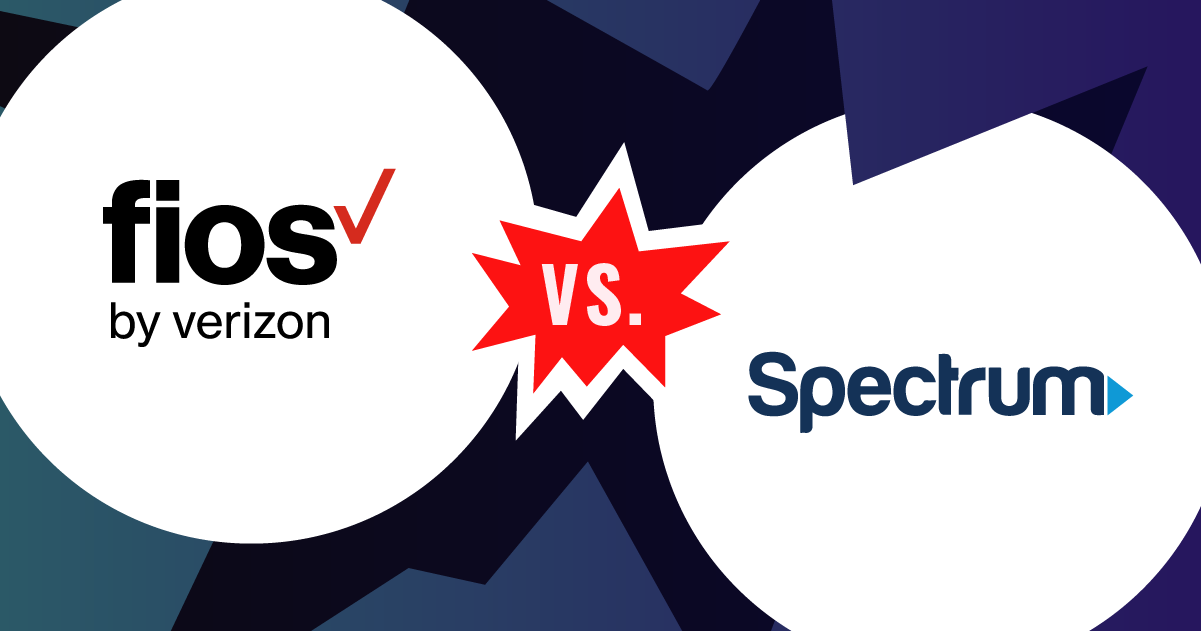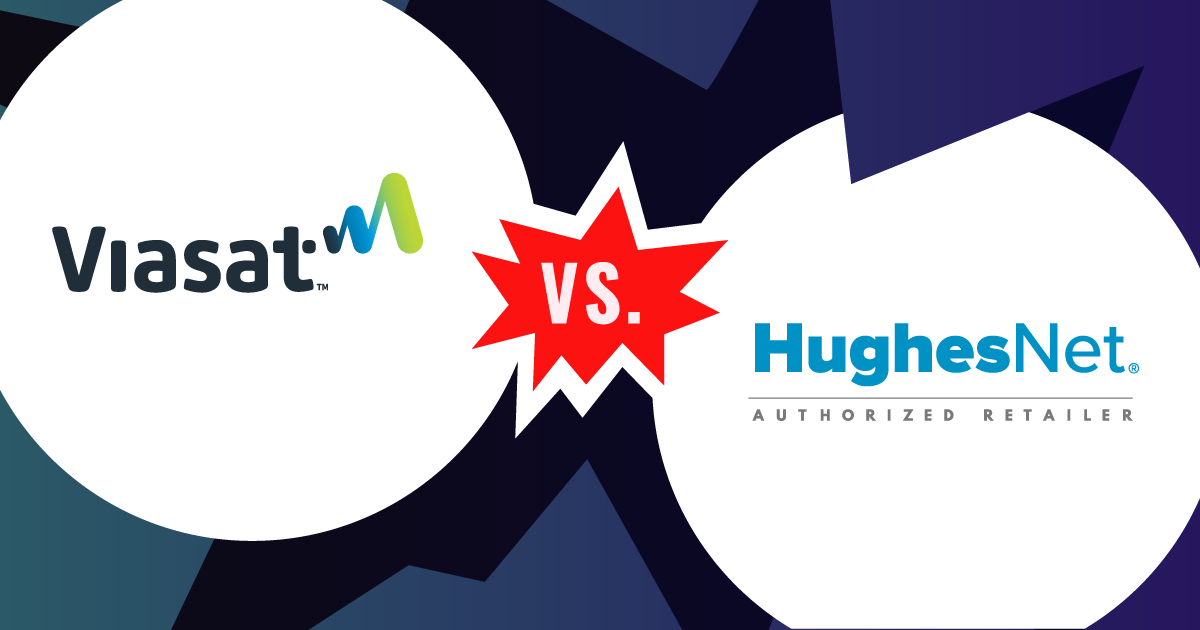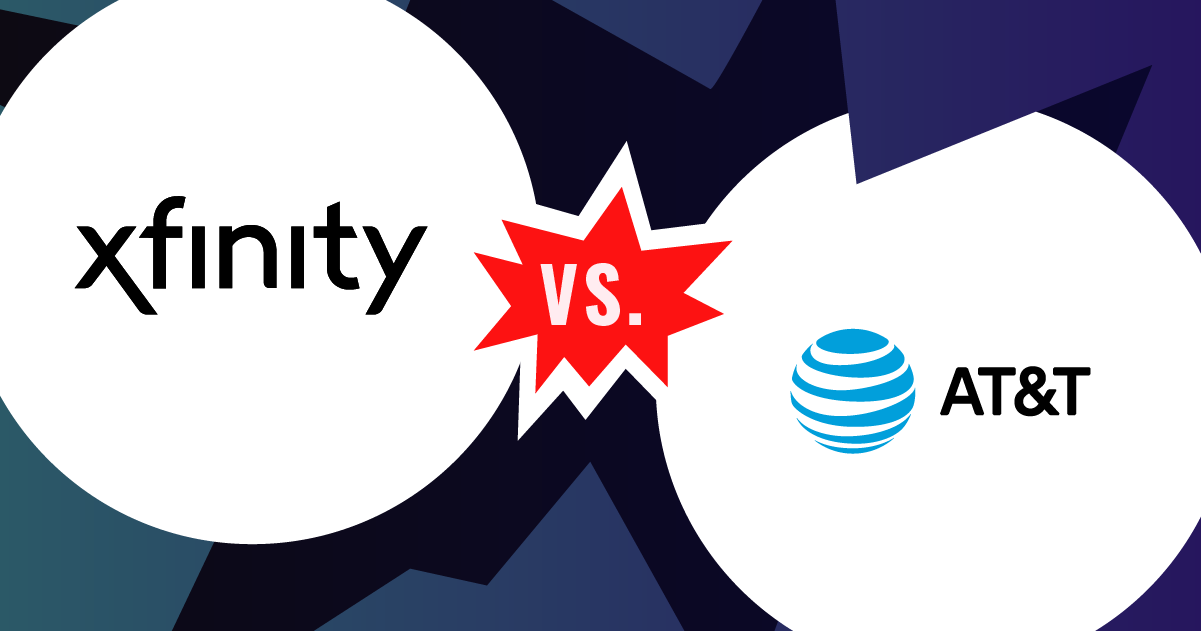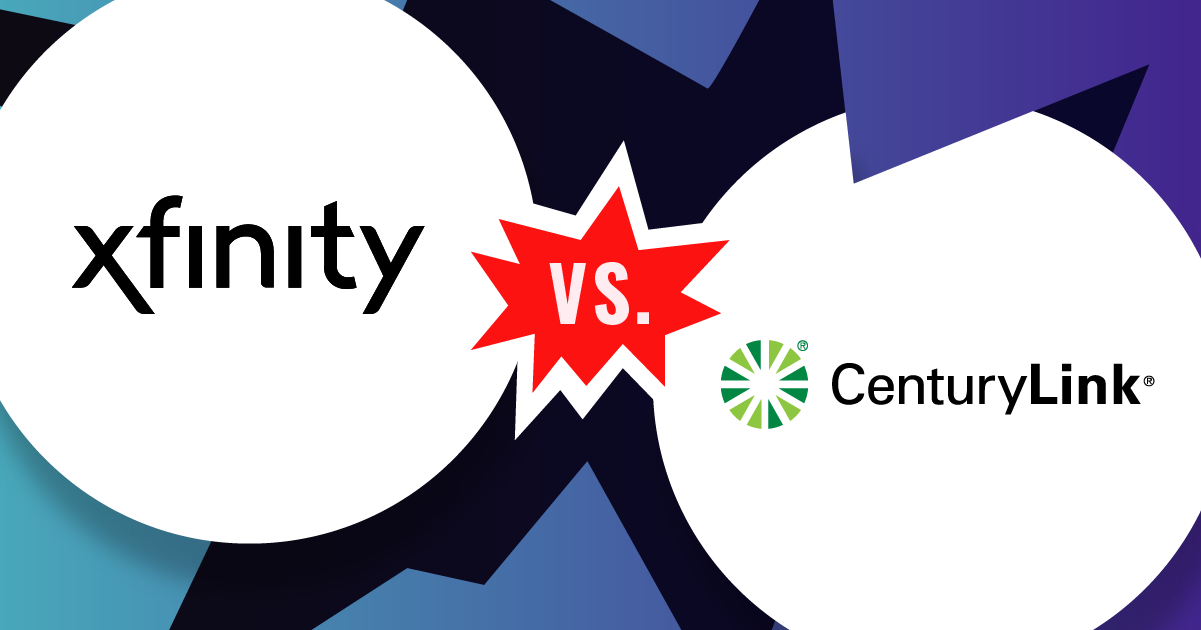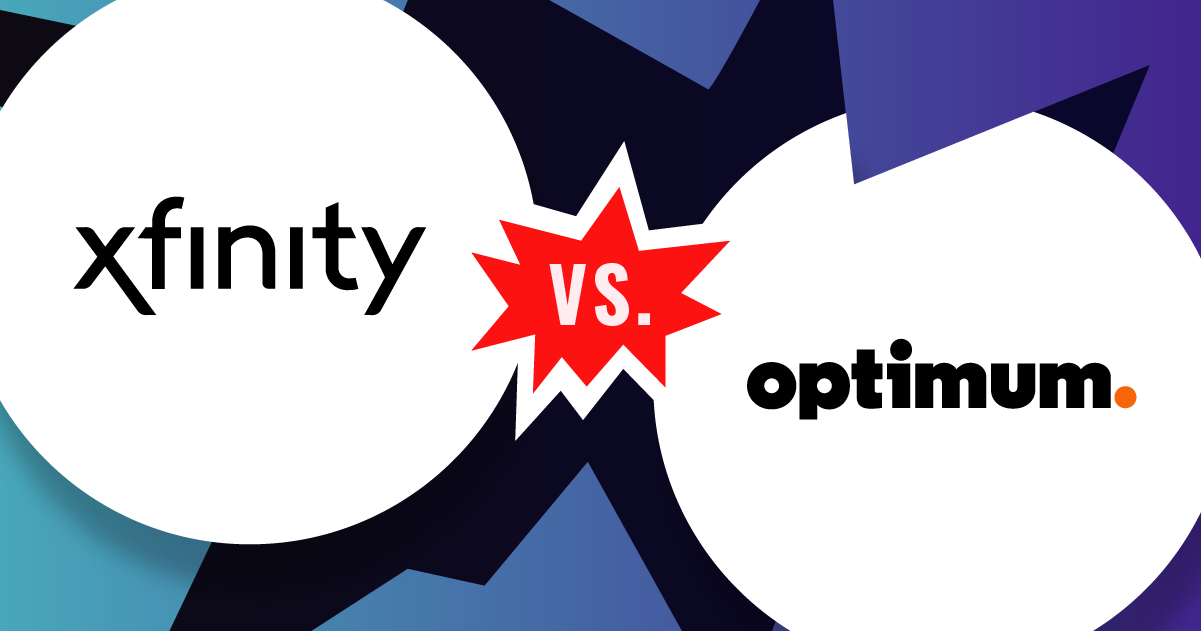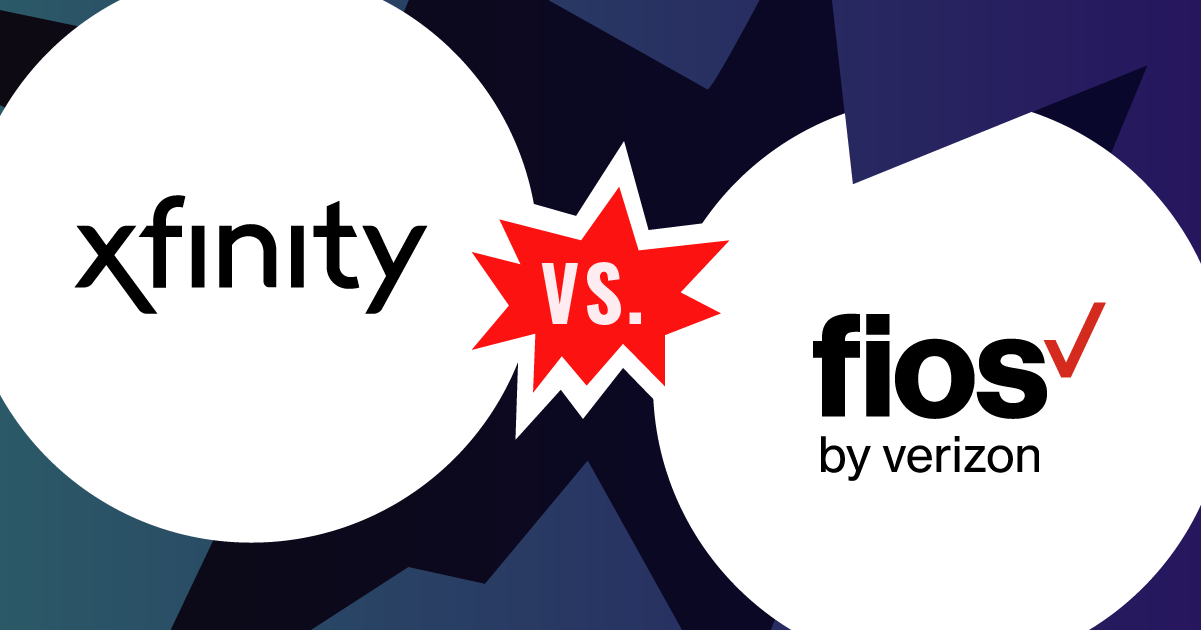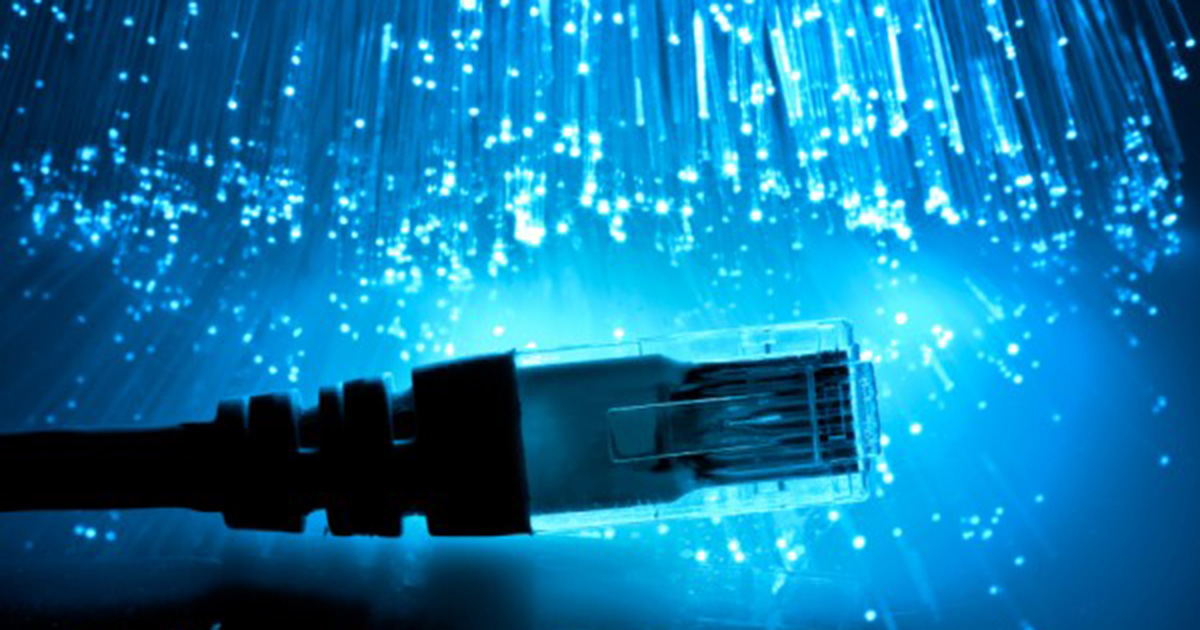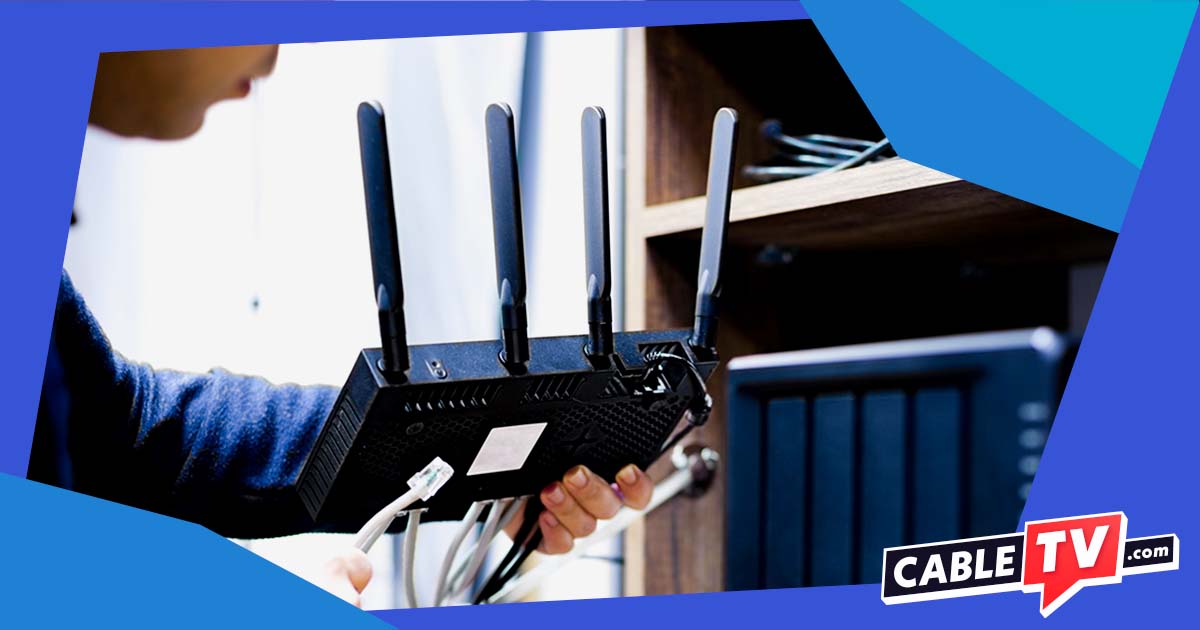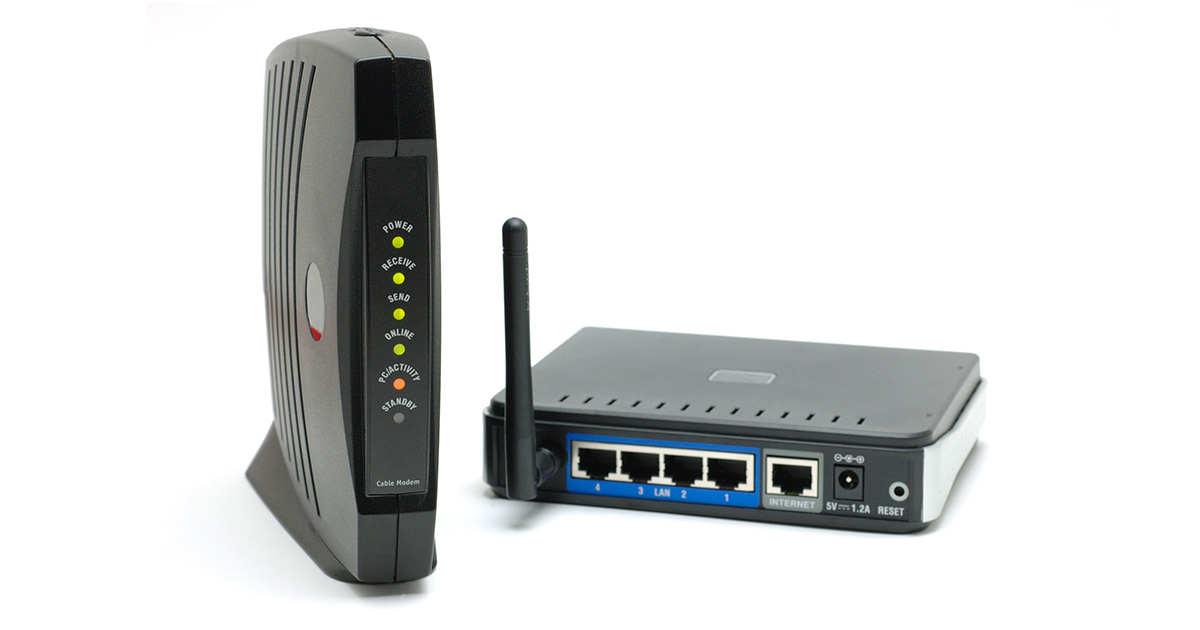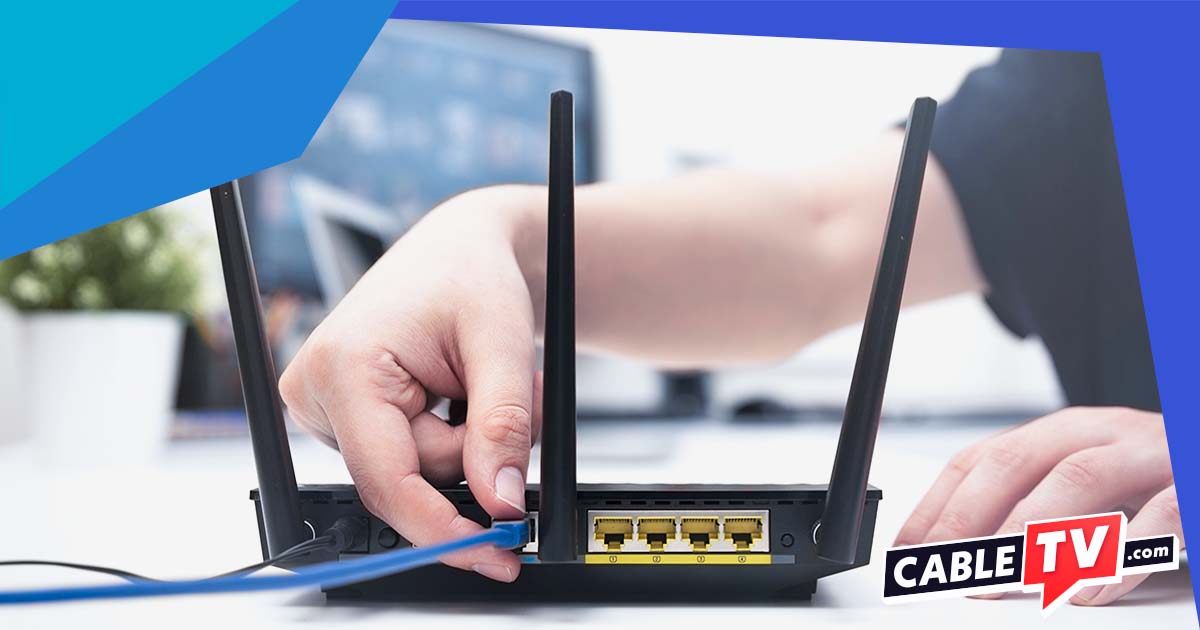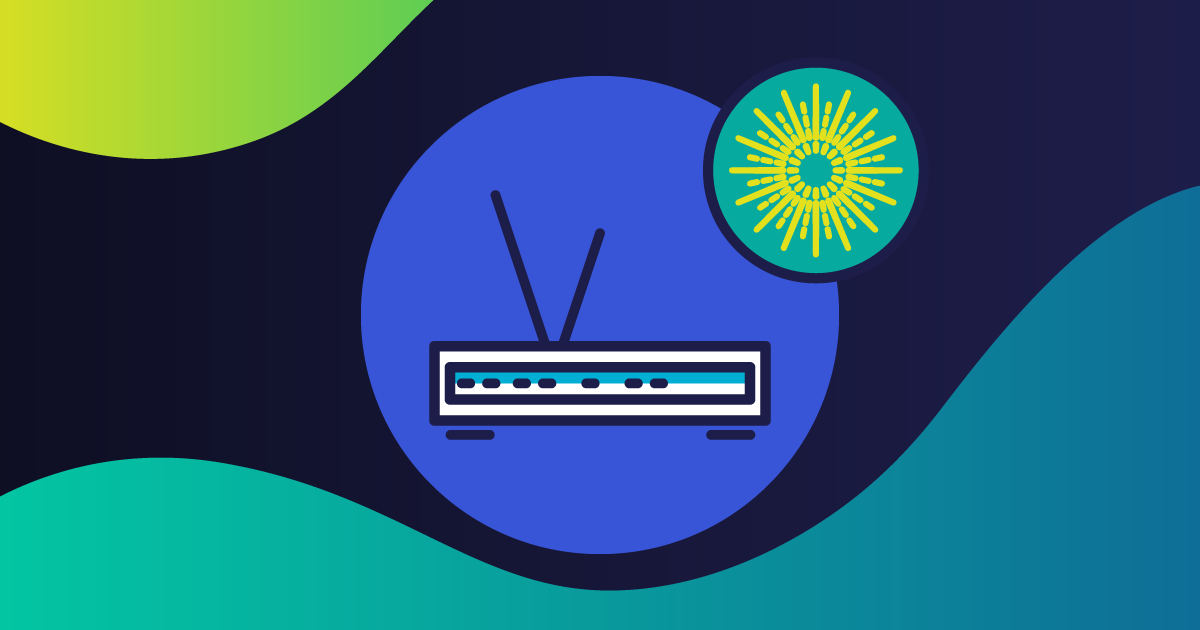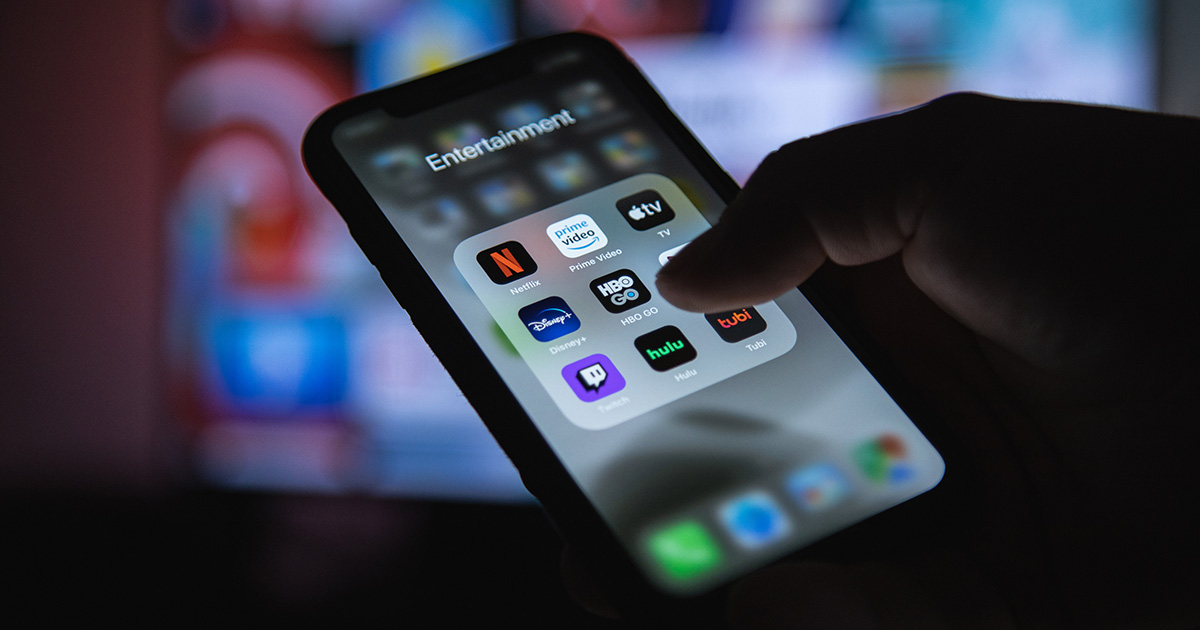Get the scoop on internet providers before you sign up
TBH, most internet service providers (ISPs) don’t have the best reputation. But don’t let that stop you from reading up and avoiding the headaches that come from making a snap decision.
Top internet providers
5G/fixed wireless internet providers
- Read AT&T Internet Air review
- Read Rise Broadband review
- Read T-Mobile 5G Home Internet review
- Read Verizon 5G Home Internet review
Cable internet providers
- Read Armstrong review
- Read Astound Broadband powered by RCN review
- Read Astound Broadband powered by Wave review
- Read Breezeline Review
- Read Midco review
- Read Sparklight review
- Read Vyve Broadband review
- Read Xtream powered by Mediacom review
Fiber internet providers
DSL/fiber internet providers
Satellite internet providers
Save hundreds of dollars a year with the best ISP deals
Whether you end up bundling services or signing up for a smoking introductory rate, we can help you save some serious cash on your next ISP.
Our comprehensive list of local internet providers shows you only the best home internet in your zip code as ranked by our seasoned editors.
Stellar deals take the edge off dreary internet contracts. With the right internet provider, you can get a free month of service, a prepaid card, or a contract buyout.
We’ve done the digging and rounded up some of the best bundles deals you’ll find anywhere on cable and internet service.
Compare top internet providers head to head
Our experts match up popular internet providers head to head and show no mercy. Click the images below to read our guides and find out how ISPs in your area square up against one another.
Cheap internet options are kinda our thing
On a budget? See if you qualify for low-income internet discounts, special offers, and more with our handy guides and reviews.
Your income bracket doesn’t have to limit your ability to access the internet. If your home needs a boost to cross the digital divide, take advantage of low-income internet options in your area.
If you’re more interested in the numbers after the dollar sign than the digits before the Mbps, you’re in the market for a cheap internet service provider.
Students can get free internet with help from community internet access points or internet service providers that offer the first 30–60 days of service free. Low-income families with students in K–12 can also get discounts on internet service.
You’ve got a need for speed, we get it
This one goes out to all our gamers, streamers, and content creators. When you’ve got the need, don’t skimp on the speed.
If you’re looking for high-speed internet, look no further. We’ve got the deets on all the fastest internet providers with upload speeds and download speeds like you wouldn’t believe.
Internet service providers use a lot of specialized language to talk about Wi-Fi and internet plans. But you don’t have to be confused about your internet plan anymore—we’re here to explain internet speeds so you can be a Wi-Fi wiz.
Find out about download speeds, upload speeds, Wi-Fi hacks, and more with our expert guide to internet speeds.
If you feel like your internet is running slower than usual, it might be because you’re using it for more than you used to.
Slow download and upload speeds can feel like your computer is in a pit of quicksand.
Rural internet can be fast and reliable
A lot of our lovely readers call wide-open fields and secluded mountains home. Who wouldn’t want to? The good news is that rural internet is getting faster and more reliable every year.
Your internet options for rural areas are limited because few internet providers build networks in small towns. However, Xfinity, CenturyLink, and Viasat all offer internet service in rural America.
There’s more to rural internet than slow, expensive satellite plans. We’ll help you find all your options—and create new opportunities.
The best satellite internet provider is Viasat because it’s widely available and gives you the best bang for your buck. But if you’re interested in long-time competitor Hughesnet or the up-and-coming Starlink internet, we can help you determine if they’re the best services for you.
We geek out over modems and routers
Your internet is only as fast as your tech. Don’t get caught in the slow lane with a crappy modem or Wi-Fi router with the help of our expert guides.
To connect your home to the internet, you’ll need a modem and a router. While a modem/router combo usually takes up less space, separate devices are handy for flexibility and keeping up with the latest technology.
Wi-Fi 6 routers are the latest generation of fast, reliable wireless internet devices. Our experts compared 81 Wi-Fi 6 routers to find the fastest routers on the market.
We’ll help you identify each light on your modem and router—plus troubleshoot common problems so your devices can have a strong internet connection.
Stay secure with top VPNs
Russian bots! Malware! Government surveillance! Ain’t nobody got time for that. Check out our VPN content to stay safe and secure online.
We’ve tested the top VPN services to find the best and cheapest option for secure web browsing.







